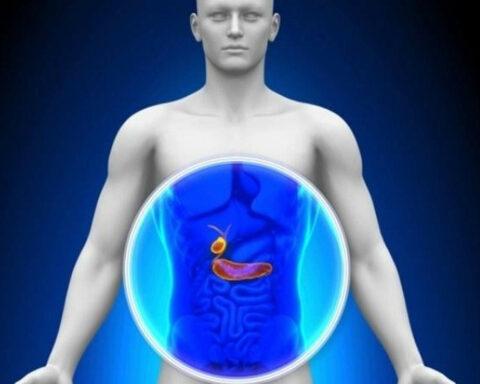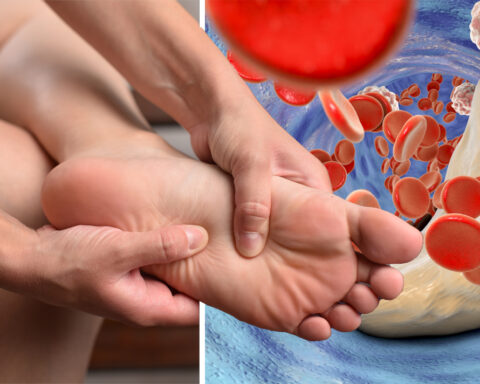Migraines are a common neurological condition that affects millions of people worldwide. Migraine attacks can be extremely debilitating and can have a significant impact on a person’s quality of life. Migraine attacks typically involve severe, pulsating pain on one side of the head, along with a range of other symptoms. In this guide, we will discuss how long migraine attacks can last, the common symptoms associated with migraines, and what you can do to manage and treat migraine attacks.
How Long Do Migraine Attacks Last?
The duration of a migraine attack can vary from person to person. Typically, a migraine attack can last anywhere from a few hours to a few days. However, some people may experience much longer attacks that can last for weeks or even months.
Migraine attacks can be classified into four stages: prodrome, aura, headache, and postdrome. The headache stage is usually the most intense and debilitating, and it can last for several hours or even days.
Prodrome Stage
The prodrome stage is the first stage of a migraine attack. This stage can begin several hours or even days before the headache stage. The prodrome stage can be characterized by a range of symptoms, including:
Mood changes, such as feeling irritable or depressed
Fatigue or low energy
Difficulty concentrating
Food cravings or aversions
Stiffness in the neck or shoulders
Increased urination
The symptoms of the prodrome stage can vary from person to person. Some people may experience all of these symptoms, while others may only experience one or two.
Aura Stage
The aura stage is the second stage of a migraine attack. Not everyone who experiences migraines will have an aura, but for those who do, it usually lasts between 20 and 60 minutes. An aura is a group of symptoms that can include:
Visual disturbances, such as flashing lights, blind spots, or zigzag patterns
Numbness or tingling in the face, arms, or legs
Difficulty speaking
Confusion or disorientation
Uncontrollable movements, such as jerking or twitching
The symptoms of an aura can be quite distressing, and they can significantly impact a person’s ability to carry out everyday activities.
Headache Stage
The headache stage is the most intense and debilitating stage of a migraine attack. During this stage, a person may experience severe, pulsating pain on one side of the head, along with a range of other symptoms, including:
Nausea or vomiting
Sensitivity to light or sound
Blurred vision
Dizziness or lightheadedness
Fatigue or weakness
Difficulty concentrating
The headache stage can last anywhere from a few hours to several days, and it can be extremely difficult to manage. Some people may experience recurring migraine attacks over a period of several days, making it difficult to carry out daily activities or go to work.
Postdrome Stage
The postdrome stage is the final stage of a migraine attack. This stage can last for several hours or even several days after the headache stage has ended. During the postdrome stage, a person may feel exhausted or drained, and they may experience a range of symptoms, including:
- Fatigue or weakness
- Difficulty concentrating
- Mood changes, such as feeling irritable or depressed
- Stiffness in the neck or shoulders
- Food cravings or aversions
The symptoms of the postdrome stage can be quite mild, but they can still have an impact on a person’s daily life.
- Eye Spy: Worldwide Eye Color Percentages - April 19, 2024
- Elevate Energy, Soothe Stress, And Peak Performance with The New UNBEETABREW Coffee Sensation - September 21, 2023
- Chef Bob’s Coffee: A Journey Fueled by Passion - July 29, 2023









